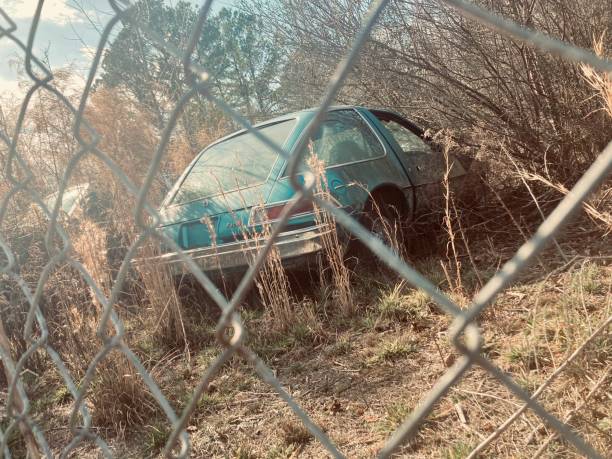American car makers have released some jaw droppingly good vehicles for over 100 years, but when they have gotten it wrong, they tend to really go overboard in their errors.
Almost everyone in the automotive media has compiled their own lists of the worst vehicles to ever come out of Detroit; however, those lists are usually subjective and rely heavily on visual aesthetics or sales figures to make their case of what constitutes the worst of the worst.
Once upon a time, aside from the occasional VW Bug or BMW, American roadways served a majority of cars that were made in America. History has shown that it was the long, slow decline of build quality and overall value of American models that opened the door for foreign brands from Korea, Japan and Europe.
Therefore, the criteria for landing on this list is based on models that were so bad in some areas that they contributed to loyal Americans abandoning the Big Three in favor of a vehicle that would not cause them headaches the moment the car rolled off the sales lot.
According to the Brookings Institute, American car makers currently only hold a 40% chunk of the market.
In our view, American car makers might still dominate if these models were never produced.
Chevy Vega
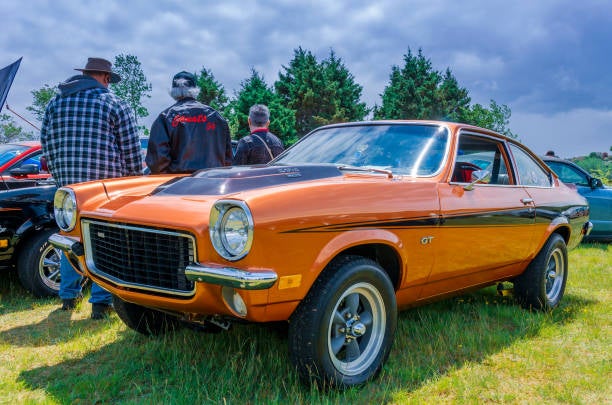
Chevy, as well as the rest of the American manufacturers had decades to begin downsizing their cars, but they made several assumptions that came back to bite them. One of those assumptions was that Americans loved their gas addicted barges on wheels and would never give them up.
When the gas crises hit in the early 1970s, all of the American manufacturers scrambled to get into the game and pretty much all of them raced models that still needed more time in research and development to the market and the results were sometimes disastrous.
The Chevy Vega from 1971 to 1977 might be the poster child for a car that left the drawing boards way too early. Rather than study how the Japanese and Germans managed to build small, but reliable car, they tried to re-invent what a small, economic car should be and what they delivered was a car that looked cheap, while still being more expensive than a Volkswagen and touted “innovations” that only benefited the mechanics that kept them (barely) on the roads.
With the Vega, if it was liquid, it would leak. Recent buyers were treated to a new stain color on the garage floor as oil, transmission fluid, brake fluid and even windshield detergent leaked.
The “innovative” aluminum engine block couldn’t handle normal driving temperatures and would warp, especially in summer. If the engine block didn’t melt out from underneath the car, everything else that was made of metal rusted.
Many Americans bought their last American car when they bought their Vega.
Lincoln Versailles
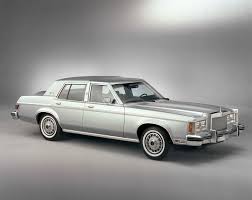
Only a few decades before, buyers of the new Continental Mark II received their opulent new vehicle shipped in a special silk covering, but by the 1970s, the most plush material found in the Versailles (1976 – 1979) was velour seat coverings that faded under the sun.
According to Hagerty, the velour was probably the best thing about the Versailles.
In an effort to go tire to tire with Mercedes and BMW, Lincoln decided to “gussy-up” a Ford Granada and market it as a luxury automobile.
Rather than add a stronger frame to give better stability, more responsive steering or brakes, the car was completely identical to the Granada under its skin. While luxury cars were not known for performance in that era, the Versailles near 18 second zero to sixty time was beyond pathetic.
Inside, the real wood trimming was replaced with cheap plastic and really the only thing that differentiated Versailles from its econo-cousin was the near $13,000 sticker price.
Buyers felt cheated for good reason and they concluded that if they wanted the quality of a BMW, then they should have bought a BMW.
Interestingly, Cadillac could have simply snickered from the sidelines at Lincoln’s bait and switch, but that company would do virtually the same thing a few years later with the gussied-up Chevy Citation rebadged as the “Cimmaron.”
Ford Pinto
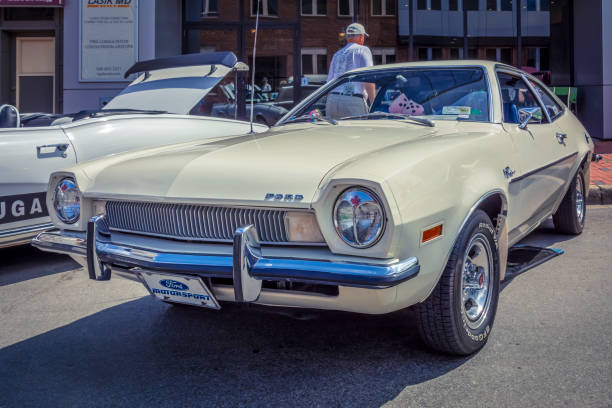
The Ford Pinto (1971 – 1980) automatically makes almost every “worst of” list for good reason; according to the National Transportation Safety Board, 27 people needlessly lost their lives and a further 24 suffered terrible burns due to a defect that Ford knew about, but chose not to fix.
The issue was that the gas tank sat too close to the new government mandated five-mile-per-hour bumpers, even in slow-speed rear end accidents, the bumper could rupture the tank and the sparks created an explosion.
During the research and development phase, Ford General Manager Lee Iacocca stuck to his guns and demanded the car retail for $2,000 and that caused engineers to cut corners everywhere.
Sadly, for those who lost their lives, all told, the part and its installation would add approximately $11 to the overall price, according to Motor Trend, and that caused the bean-counters at Ford to nix the fix.
Even after the wrongful death lawsuits were settled and Ford remedied the issue with a $2 rubber piece, the public relations nightmare threatened to sink the company. People decided their life was worth more than apparently Ford did and the Japanese gained a generation’s worth of new buyers.
Chrysler’s K-Cars
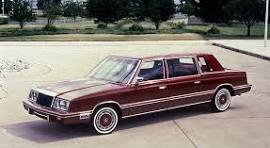
Under its new ownership of Stellantis, Chrysler is barely hanging on with one model, a minivan, available in North America. But in the late 1970s, the company was truly on the skids, necessitating a government bailout that was controversial in its time.
Former Ford President Iacocca was brought in to save the day and he launched the fabled “K-Car” platform. The versatile platform could be the underpinnings for sedans, coupes, station wagons, small trucks and the new introduction of the mini-van, which was the delight of the soccer mom.
“If you can find a better car, buy it!” Iacocca instructed people watching his TV ads, and people later on found out they should have taken his advice.
While the mini-vans seemed to be mostly reliable, the other incarnations of the K-Car looked every bit as flimsy as they were. Across the board, the cars were underpowered and felt lifeless to drive. Interior knobs and paneling fell off, power windows got stuck and, despite the groundbreaking warranty of the time, people got tired of having to constantly have the car serviced to keep it on the road.
When it was time for replacement, people ran as far away as they could from the K-Car.
AMC Pacer
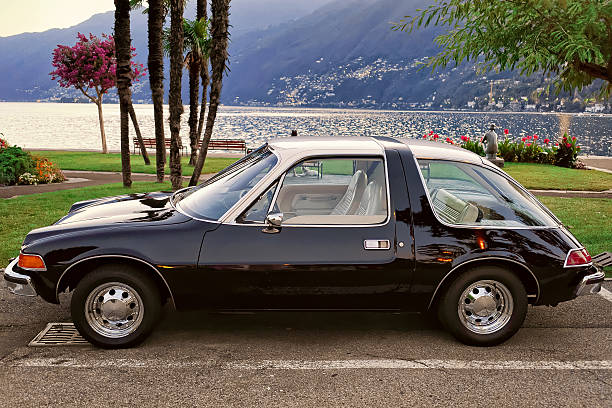
It went from being the butt of jokes to reaching icon status after being featured in the movie “Wayne’s World,” and it heralded the end of the road for the American Motors Corporation (AMC).
Ailing AMC meant for the car to stand out as the “big, small car” with its wide wheelbase and generous use of glass. However, it was really no more roomier than a standard Datsun and if a buyer chose a model without air conditioning, they risked heat stroke under the glass bubble.
The almost space-age looking car also did not deliver when it came to fuel economy. While the car was in the design stage an agreement was reached with General Motors where they would supply a state-of-the-art Wankel rotary engine.
When GM backed out of the deal on the eve of the car’s unveiling, AMC was forced to shoe-horn in a V-6 that lacked both power and fuel economy.
Not only did Pacer spell the end for AMC, to the buying public, Detroit seemed to not be really serious about competing with foreign car companies by offering a “Jetson’s” look alike vehicle that had all the ride quality of a swamp buggy.
Scott Hudson is the Senior Investigative Reporter, Editorial Page Editor and weekly columnist for The Augusta Press. Reach him at scott@theaugustapress.com

